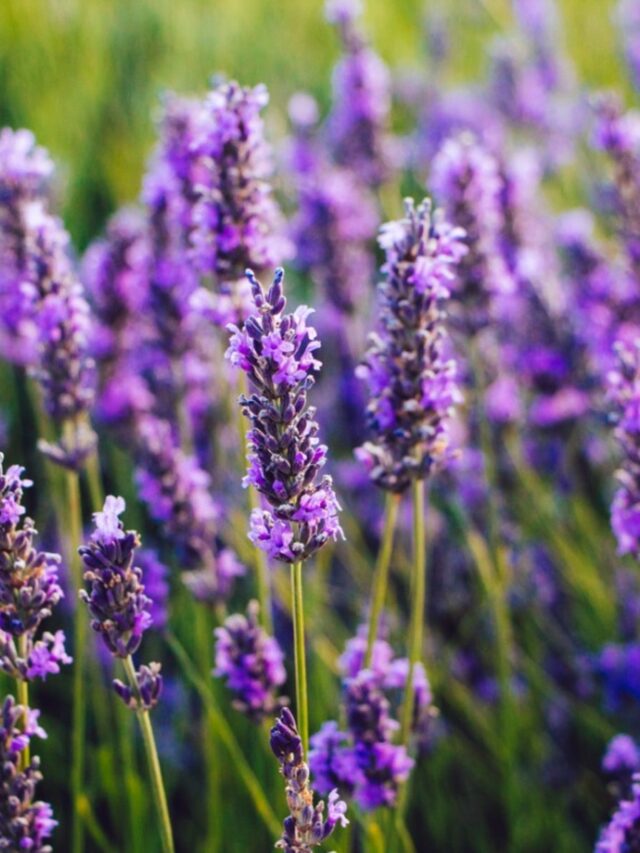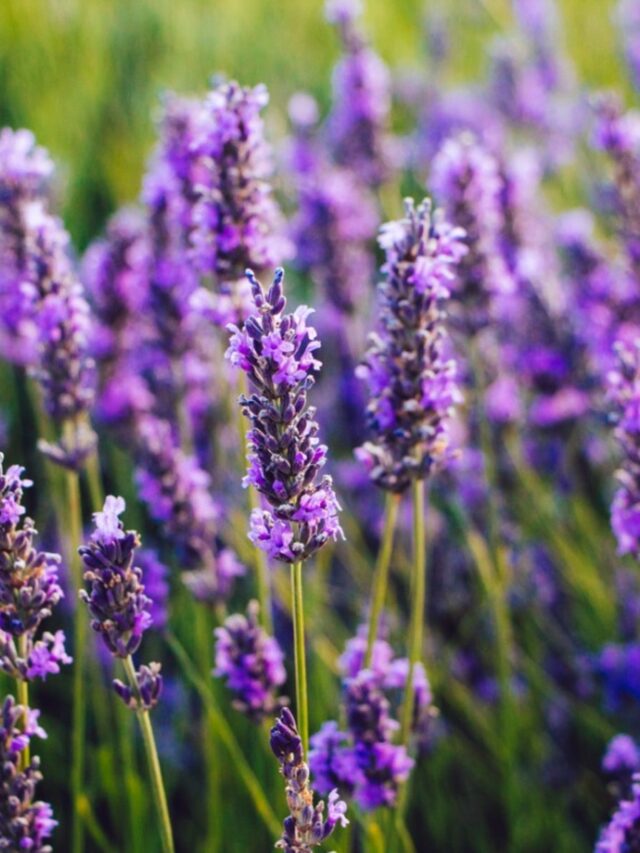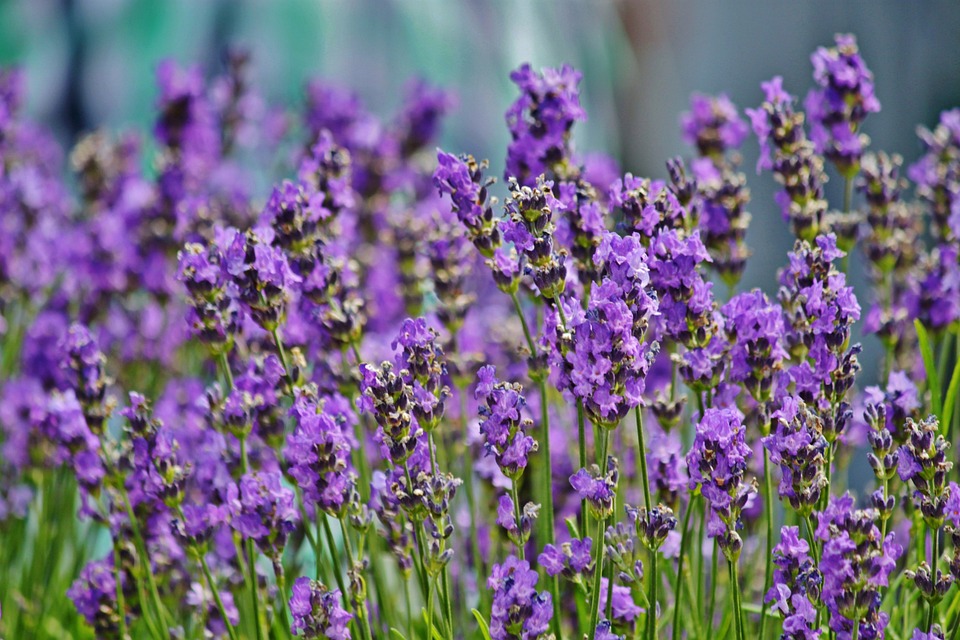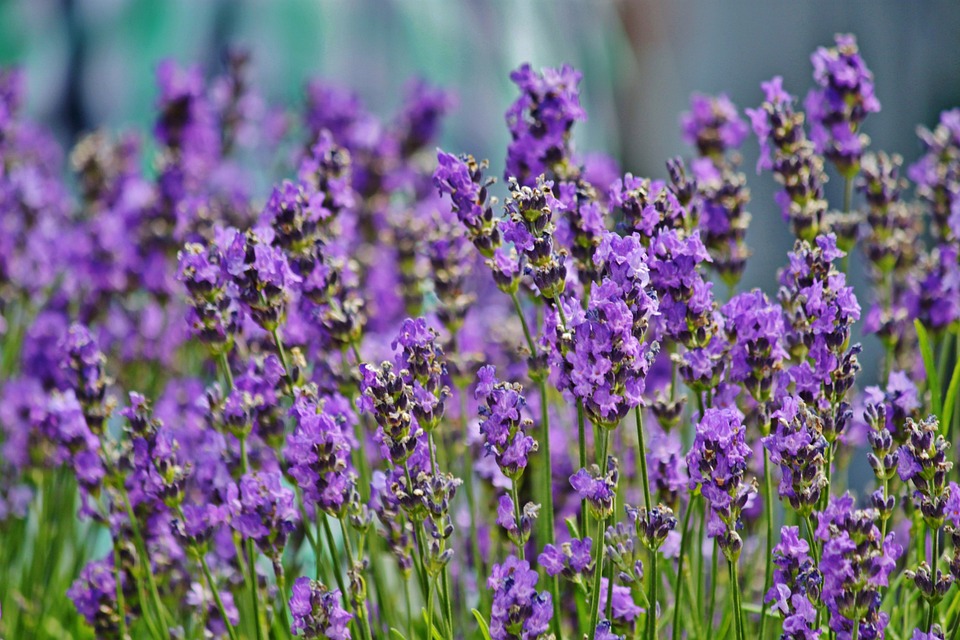In the realm of gardening and landscaping, one of the challenges that often arises is dealing with wildlife interactions.
Deer, in particular, can pose a significant threat to carefully cultivated gardens, as they tend to nibble on
tender shoots and leaves, sometimes decimating entire flower beds in the process.
For avid gardeners and homeowners seeking to maintain beautiful landscapes while deterring deer,
selecting deer-resistant perennial flowers becomes a crucial consideration.
Understanding Deer-Resistant Plants

Deer-resistant plants are those that deer are less likely to feed on due to their taste, texture, or scent.
It’s important to note that no plant is entirely deer-proof, especially when deer populations are hungry or conditions are harsh.
However, certain perennials have characteristics that make them less attractive to deer, offering a better chance of survival in deer-prone areas.
Factors Influencing Deer Resistance
Several factors contribute to a plant’s resistance to deer browsing:
Scent and Taste: Plants with strong aromas or bitter tastes are less likely to be eaten by deer.
Toxicity: Some plants are toxic to deer, causing them to avoid these species.
Texture: Plants with fuzzy or prickly leaves can deter deer, as they prefer softer foliage.
Top Deer-Resistant Perennial Flowers
Lavender (Lavandula spp.):

Known for its fragrant flowers and aromatic foliage, lavender is highly deer-resistant due to its strong scent.
It thrives in sunny, well-drained locations and adds a delightful Mediterranean touch to gardens.
Russian Sage (Perovskia atriplicifolia):

This hardy perennial features aromatic silvery-gray foliage and spiky lavender-blue flowers.
Russian sage is drought-tolerant and deer-resistant, making it ideal for hot, dry climates.
Peony (Paeonia spp.):

With their large, showy blooms and lush foliage, peonies are a classic choice for deer-resistant gardens.
They prefer rich, well-drained soil and thrive in full sun to partial shade.
Salvia (Salvia spp.):

Salvias come in various colors and sizes, offering long-lasting blooms from spring to fall.
Their aromatic foliage and tubular flowers are deer-resistant, attracting pollinators while deterring deer.
Sedum (Sedum spp.):

Succulent sedums are valued for their drought tolerance and ability to thrive in poor soil conditions.
They produce clusters of star-shaped flowers in late summer, adding texture and color to garden borders.
Lamb’s Ear (Stachys byzantina):

This low-growing perennial is prized for its soft, fuzzy foliage and tolerance to dry conditions.
Lamb’s ear forms dense mats of silvery leaves and produces spikes of pink or purple flowers that bees adore.
Bee Balm (Monarda spp.):
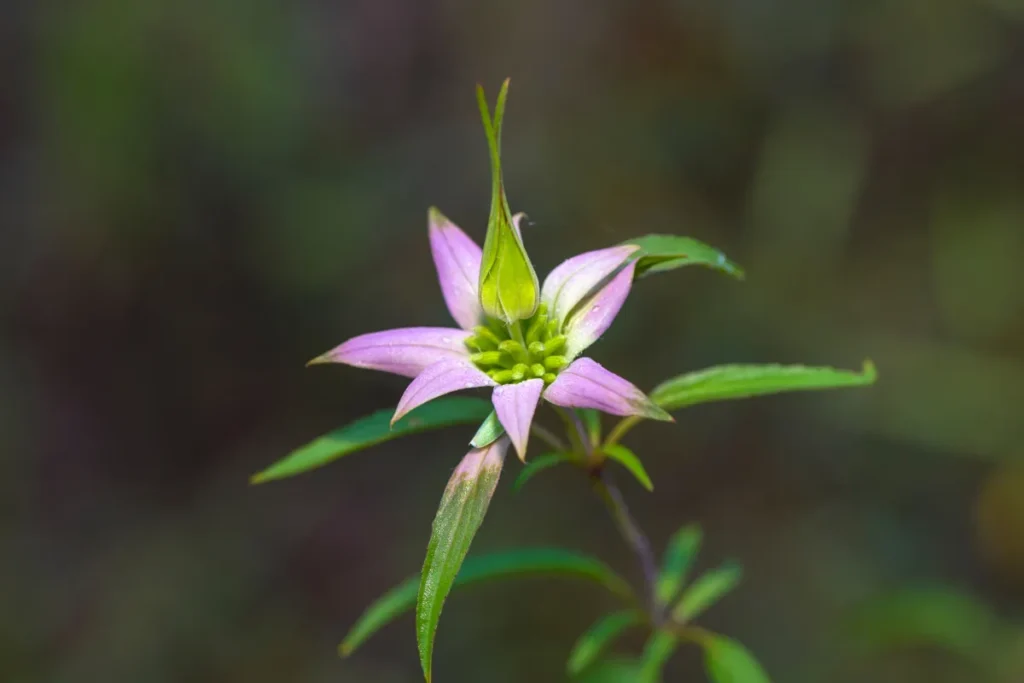
Also known as bergamot, bee balm attracts pollinators with its vibrant flowers and aromatic foliage.
It’s resistant to deer due to its strong scent and prefers moist, well-drained soil in full sun to partial shade.
Yarrow (Achillea spp.):

Yarrow is a tough perennial with fern-like foliage and flat clusters of flowers in shades of white, yellow, pink, or red.
It’s deer-resistant and thrives in sunny locations with well-drained soil.
Designing a Deer-Resistant Garden
When planning a deer-resistant garden, consider incorporating a variety of textures, colors, and heights to create visual interest.
Grouping deer-resistant plants together can enhance their effectiveness at deterring deer, as well as attract beneficial insects for pollination.
Here are some additional tips for designing and maintaining a deer-resistant landscape:
Fencing: Install a deer-proof fence around vulnerable areas of your garden to physically deter deer from entering.
Companion Planting: Pair deer-resistant plants with those that deer find more attractive to draw their attention away from vulnerable species.
Mulching: Apply mulch around plants to conserve moisture and suppress weeds, which can help protect their roots from deer browsing.
Watering and Feeding: Properly water and fertilize plants to keep them healthy and less susceptible to deer damage.
Conclusion
Creating a deer-resistant garden involves thoughtful planning and selection of plants that deer are less likely to eat.
By choosing perennial flowers like lavender, Russian sage, and peonies, gardeners can enjoy beautiful blooms and foliage while minimizing the risk of deer damage.
Whether you’re designing a new garden or enhancing an existing landscape, integrating these deer-
resistant perennials can contribute to a thriving and visually appealing outdoor space that withstands wildlife encounters with grace.


